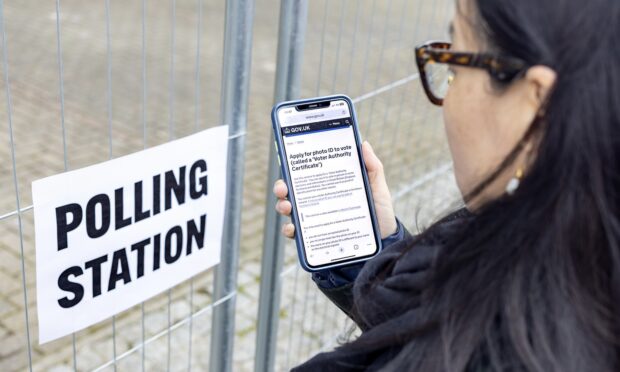After some high-profile tech blunders, Whitehall leaders need to ensure civil servants have the requisite digital skills and understanding, believes Daniel Korski of Public
Credit: Dominic Lipinski/PA Archive/Press Association Images
Whitehall has a problem.
The last eight months has proven beyond refute that the relationship between civil servants and technology is on uneasy ground.
It is easy to look beyond individual mistakes. A GDPR breach, as recently reported on these pages, is a basic error; not, on its own, indicative of a wider issue. In a more sophisticated scenario, a faulty algorithm deployed with limited potential impact – supervised and reviewed of course by an expert – would not be a failure. It would be much-needed experimentation. Sadly, the impact of the exam results fiasco was not limited, although its expert review clearly was.
Together, the tech-enabled mistakes of the pandemic reveal a more damning pattern of individual choices: Choosing to use Microsoft Excel rather than dedicated database software, thereby losing 16,000 rows of test-and-trace data; failing to manually reduce the risk threshold within the Covid-19 app; relying on an algorithm’s exam results prediction. Listed one after the other, these very human errors tell a story of a civil service that is hitting the limit of its understanding of technology just as it has become essential that it exceed it.
So, how do we get from where we are now to where we need to be?
This idea that the civil service needs to bring in digital skills is not new; Dominic Cummings has called for “weirdos and misfits” to apply; before that, Government Digital Service revolutionised Whitehall’s digital approach during the Cameron government, and even now, an excellent DDaT profession continues to deliver cross-government digital work.
Existing training may teach a civil servant their GDPR responsibilities, but not in a way that forces them to consider the dozen practical ways they could accidentally expose personal data before lunchtime
Yet, it stands to reason that, if any one of these had truly delivered its intended effect, the challenges that have recurred throughout the pandemic might have been prevented.
It seems that Alex Chisholm, permanent secretary at the Cabinet Office and government COO agrees, at least in part. Speaking in front of the Public Administration and Constitutional Affairs Committee recently, Chisholm claimed to find “common ground” with Dominic Cummings on the need for enhanced digital skills in the civil service. Although, where Cummings has been open in favouring new blood, Chisholm spoke of a desire among incumbent civil servants to improve their digital skills.
That desire is important: Today, there are around 426,490 full-time equivalent civil servants in central government. To stop silly mistakes, that workforce must better understand technology. From the EO redacting papers, to the deputy director signing off an algorithm, digital must become second nature to a civil service that is ever more dependent on technology for the day-to-day of governing.
Bringing down the walls
The first step is to bring down walls between those who understand technology and those who do not.
While the early days of GDS bridged departments’ digital functions, recently the impact has been less pronounced. An excellent DDaT function has allowed complacency to set in elsewhere in the civil service when it comes to digital matters. As digital, data and technology become more important, it can no longer be acceptable that responsibility for understanding these is solely the remit of DDaT professionals.
The next step is to upskill.
Existing training is insufficient. A new civil servant taking up their role must complete online training using the civil service training portal. On digital, this may cover cybersecurity, data protection and fraud. The course may teach a civil servant their GDPR responsibilities, but not in a way that forces them to consider the dozen practical ways they could accidentally expose personal data before lunchtime.
If current schemes cannot plug the gap at the most junior levels, then there will be no bridging the chasm between mid and senior-level decision makers and the technologies of which they should – if only by proximity – have a respectable grasp.

We must question assumptions on how civil servants learn and from where and whom they learn. There is much that can be gleaned from traditional sources, like internal knowledge sharing or the training providers of old. Like government, however, these sources rely heavily on tried-and-tested approaches. Technology is changing everything, and it’s doing it at such a rate that to learn without looking beyond conventional wisdom would be to not learn anything new at all.
Such a challenge is more fundamental in the civil service: pushing a culture change 22 people at a time in an organisation the size of the civil service would take generations, and as these examples demonstrate, the civil service needs a solution immediately.
Efficient technology use will continue to require skilled human input and review. Bosses must now answer the question: How do we provide our workforce with a better understanding of technology, a culture that fosters healthy experimentation and the skills to assess and mitigate the inherent risks? Cover all three bases, and there will be far fewer ‘very human errors’ to report in the years to come.



